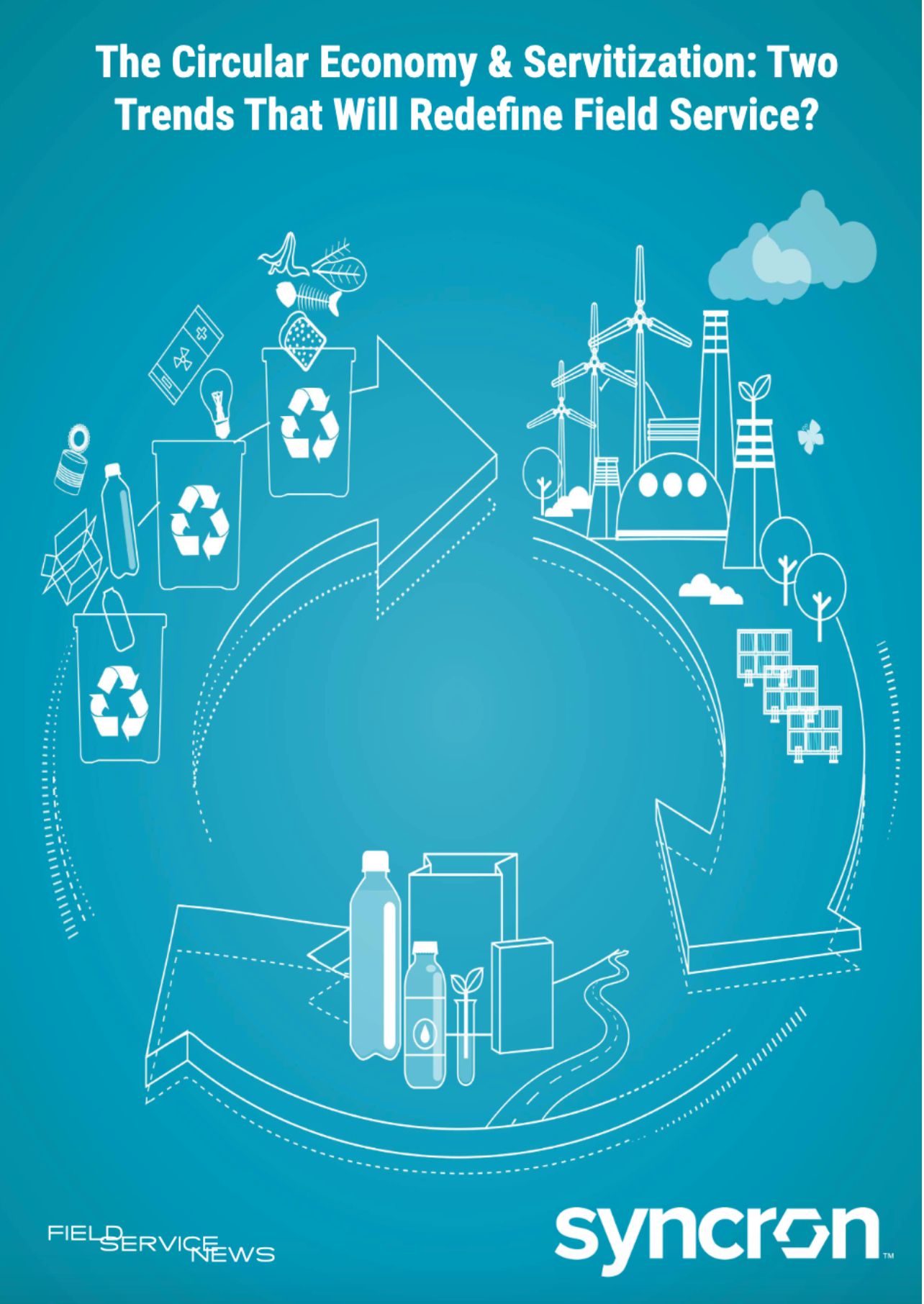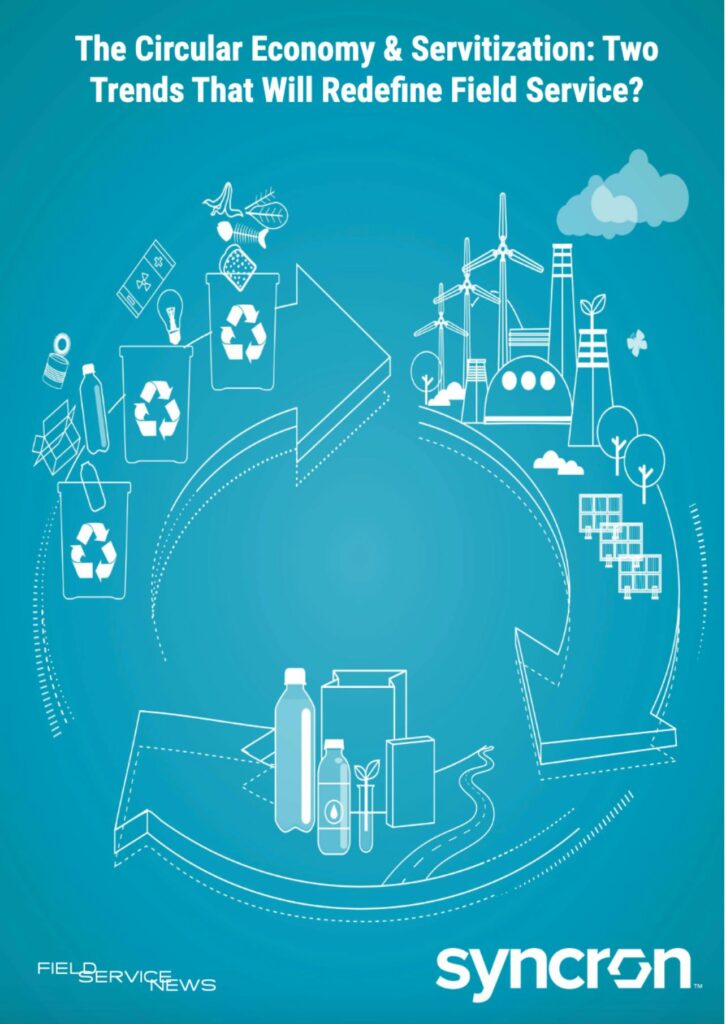Case Studies: Successfully Implementing Servitization in a Circular Economy Context
Case Studies: Successfully Implementing Servitization in a Circular Economy Context
In this new feature, we will examine three case studies of companies successfully implementing servitization in a circular economy context.
By combining product and service offerings into a servitized business model, these companies have reduced waste, optimized resource use, and created more sustainable and profitable business models. We will explore the strategies and best practices these companies have employed to achieve success and distill the lessons learned for other organizations looking to adopt circular economy and servitization practices.
Case Study One: Philips Lighting
Philips Lighting is a company that has successfully implemented servitization in a circular economy context. The company shifted its business model from selling lighting products to offering lighting as a service. This enabled the company to keep ownership of the products and optimize them for energy efficiency and longevity, reducing waste and increasing profitability.
The product they initially sold:
Philips Lighting is a leading global lighting company specializing in producing and selling lighting products. The company has a long history of innovation in the lighting industry, and its products are used in various applications, from commercial and industrial lighting to residential lighting.
How they combined product and service into a servitized business model:
In recent years, Philips Lighting has shifted its focus from selling lighting products to offering lighting as a service. Under this model, the company provides lighting solutions to customers on a subscription basis rather than selling products outright. Customers pay a monthly fee for access to the lighting solutions, and Philips Lighting is responsible for maintaining and optimizing the lighting products. This servitized business model enables Philips Lighting to keep ownership of the lighting products and optimize them for energy efficiency and longevity. The company can reduce waste and increase profitability by providing customers with a more sustainable and cost-effective lighting solution.
How this fits into the circular economy philosophy:
The shift towards a servitized business model enables Philips Lighting to align with the principles of the circular economy. By keeping ownership of the lighting products and optimizing them for energy efficiency and longevity, the company can reduce waste and maintain resources in use for as long as possible. This also enables Philips Lighting to create a closed-loop system that takes back used lighting products and recycles them into new ones, thereby reducing waste and creating a more sustainable business model.
Benefits to the company and its customers:
The shift towards a servitized business model has significantly benefited Philips Lighting and its customers. This model has enabled the company to not only reduce waste but also increase profitability while creating a more sustainable business model. It provides customers with a more cost-effective and sustainable lighting solution while reducing the need for maintenance and repair.
Overall, the shift towards a servitized business model has enabled Philips Lighting to create a more sustainable and profitable business model while also providing customers with a more cost-effective and sustainable lighting solution.


Data usage note: By accessing this content you consent to the contact details submitted when you registered as a subscriber to fieldservicenews.com to be shared with the listed sponsor of this premium content Syncron who may contact you for legitimate business reasons to discuss the content of this briefing report.
This content is available for FSN PRO members and also for a limited period for FSN FREE members. Please make sure you are logged in to access this content.
Not yet subscribed? Instantly unlock this content and more on our forever-free subscription tier FSN FREE
Join FSN FREE today!
Subscribe to our forever-free subscription tier FSN FREE by completing the brief form below and get instant access to this resource plus a selection of premium resources every month.
[pmpro_signup submit_button="Get access now!" level="1" redirect="referrer" custom_fields="true" short="true"]
Some browsers may not support our quick-register pop up function. If you cannot see a red button above this message then click here to head to the FSN FREE registration page instead.
"The shift towards a servitized business model enables Desso to align with the principles of the circular economy. By taking back used carpets and recycling them into new products, the company can keep resources in use for as long as possible, reducing waste and creating a closed-loop system.”
Case Study Two: Caterpillar
Caterpillar is another company that has successfully implemented servitization in a circular economy context. The company implemented a remanufacturing program, refurbishing used products and selling them as like-new, extending the products’ lifespans and reducing waste. This program is supported by a service-based model emphasizing maintenance and repair services.
The product they initially sold:
Caterpillar is a leading manufacturer of heavy equipment, engines, and power generators for various industries, including construction, mining, and agriculture. The company is known for its high-quality, durable products designed to last many years.
How they combined product and service into a servitized business model:
Caterpillar implemented a remanufacturing program to extend the lifespan of its products and reduce waste. Under this program, the company removes used products, disassembles them, and rebuilds them using new and refurbished parts. The refurbished products are then sold as like-new at a lower cost than new products. This servitized business model is supported by a service-based model emphasizing maintenance and repair services. Customers can purchase extended service contracts, which provide ongoing maintenance and repair services for their Caterpillar products. This helps ensure that the products are optimized for longevity and sustainability, reducing waste and resource use.
How this fits into the circular economy philosophy:
The remanufacturing program implemented by Caterpillar enables the company to align with the principles of the circular economy. By taking back used products and refurbishing them, Caterpillar can keep resources in use for as long as possible, reducing waste and maximizing the lifespan of its products. This also enables Caterpillar to create a closed-loop system that takes back used products and recycles them into new ones, thereby reducing waste and creating a more sustainable business model.
Benefits to the company and its customers:
The servitized business model has provided significant benefits to Caterpillar and its customers. This model has enabled the company to reduce waste and increase profitability while creating a more sustainable business model. This model provides customers with a more cost-effective and sustainable solution, reducing the need for new product purchases and the associated waste. Implementing a remanufacturing program and service-based model has enabled Caterpillar to create a more sustainable and profitable business model while providing customers with a more cost-effective and sustainable solution.
Case Study Three: Desso
Desso is a leading European carpet manufacturer that has successfully implemented servitization in a circular economy context. The company shifted its business model from selling carpets to offering them as a service. This enabled the company to take back used carpets and recycle them into new products, reducing waste and creating a closed-loop system.
The product they initially sold:
Desso is a leading European carpet manufacturer that produces various carpet products for commercial and residential applications. The company has a long history of innovation in the carpet industry, and its products are used in a variety of applications, from office buildings and hotels to residential homes.
How they combined product and service into a servitized business model:
In recent years, Desso has shifted its focus from selling carpets to offering them as a service. Under this model, the company provides carpets to customers on a subscription basis rather than selling products outright. Customers pay a monthly fee for access to the carpets, and Desso is responsible for maintaining and refurbishing the carpets. This servitized business model enables Desso to take back used carpets and recycle them into new products, reducing waste and creating a closed-loop system. The company can reduce its environmental impact and create a more sustainable business model by doing so.
How this fits into the circular economy philosophy:
The shift towards a servitized business model enables Desso to align with the principles of the circular economy. By taking back used carpets and recycling them into new products, the company can keep resources in use for as long as possible, reducing waste and creating a closed-loop system. This also enables Desso to create a more sustainable business model, as the company can reduce its environmental impact and create a more circular and sustainable product lifecycle.
Benefits to the company and its customers:
The shift towards a servitized business model has significantly benefited Desso and its customers. For the company, this model has enabled it to reduce waste and create a more sustainable business model while also providing new revenue streams through the provision of services. For customers, this model offers a more sustainable and cost-effective carpet solution while reducing the need for disposal and replacement. The shift towards a servitized business model has enabled Desso to create a more sustainable and profitable business model while also providing customers with a more cost-effective and sustainable carpet solution.
After examining case studies of the successful implementation of circular economy and servitization practices in field service organizations, it’s clear that these practices offer significant benefits in sustainability, profitability, and customer satisfaction. However, successfully implementing these practices requires a shift in mindset and business model and investment in new skills, capabilities, and technologies. In the next section, we will explore some of the critical considerations that field service organizations must take into account when adopting circular economy and servitization practices, and provide recommendations for how to navigate these challenges.

Do you want to know more?
If you are already a subscriber you can access the report instantly on the ‘read now’ button below. If the button is not showing and you are already a subscriber then please log-in and refresh this page.
Not yet subscribed? Instantly unlock this content and more on our forever-free subscription tier FSN FREE
Join FSN FREE today!
Subscribe to our forever-free subscription tier FSN FREE by completing the brief form below and get instant access to this resource plus a selection of premium resources every month.
[pmpro_signup submit_button="Get access now!" level="1" redirect="referrer" custom_fields="true" short="true"]
Some browsers may not support our quick-register pop up function. If you cannot see a red button above this message then click here to head to the FSN FREE registration page instead.

 Data usage note: By accessing this content you consent to the contact details submitted when you registered as a subscriber to fieldservicenews.com to be shared with the listed sponsor of this premium content Syncron who may contact you for legitimate business reasons to discuss the content of this briefing report.
Data usage note: By accessing this content you consent to the contact details submitted when you registered as a subscriber to fieldservicenews.com to be shared with the listed sponsor of this premium content Syncron who may contact you for legitimate business reasons to discuss the content of this briefing report.


